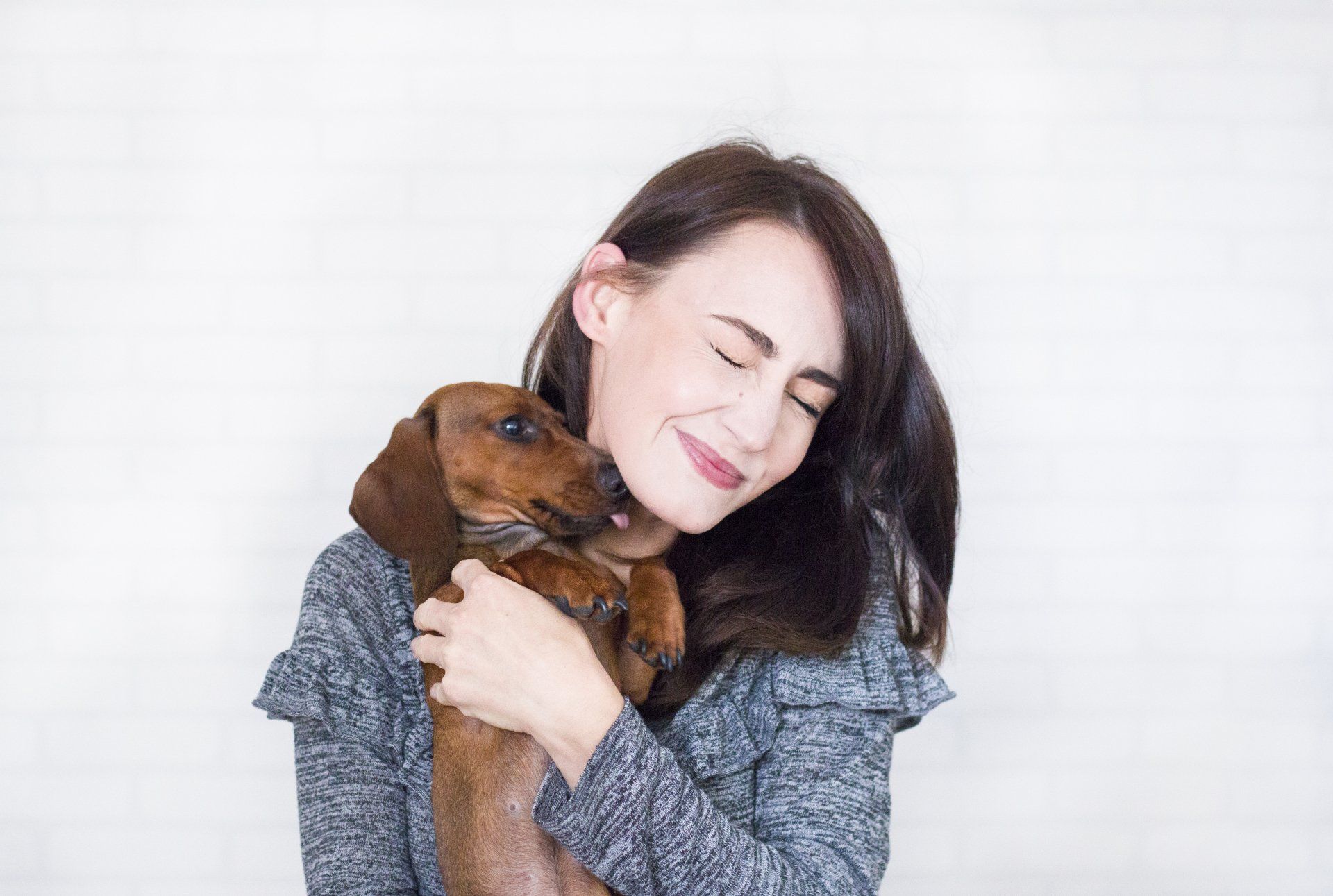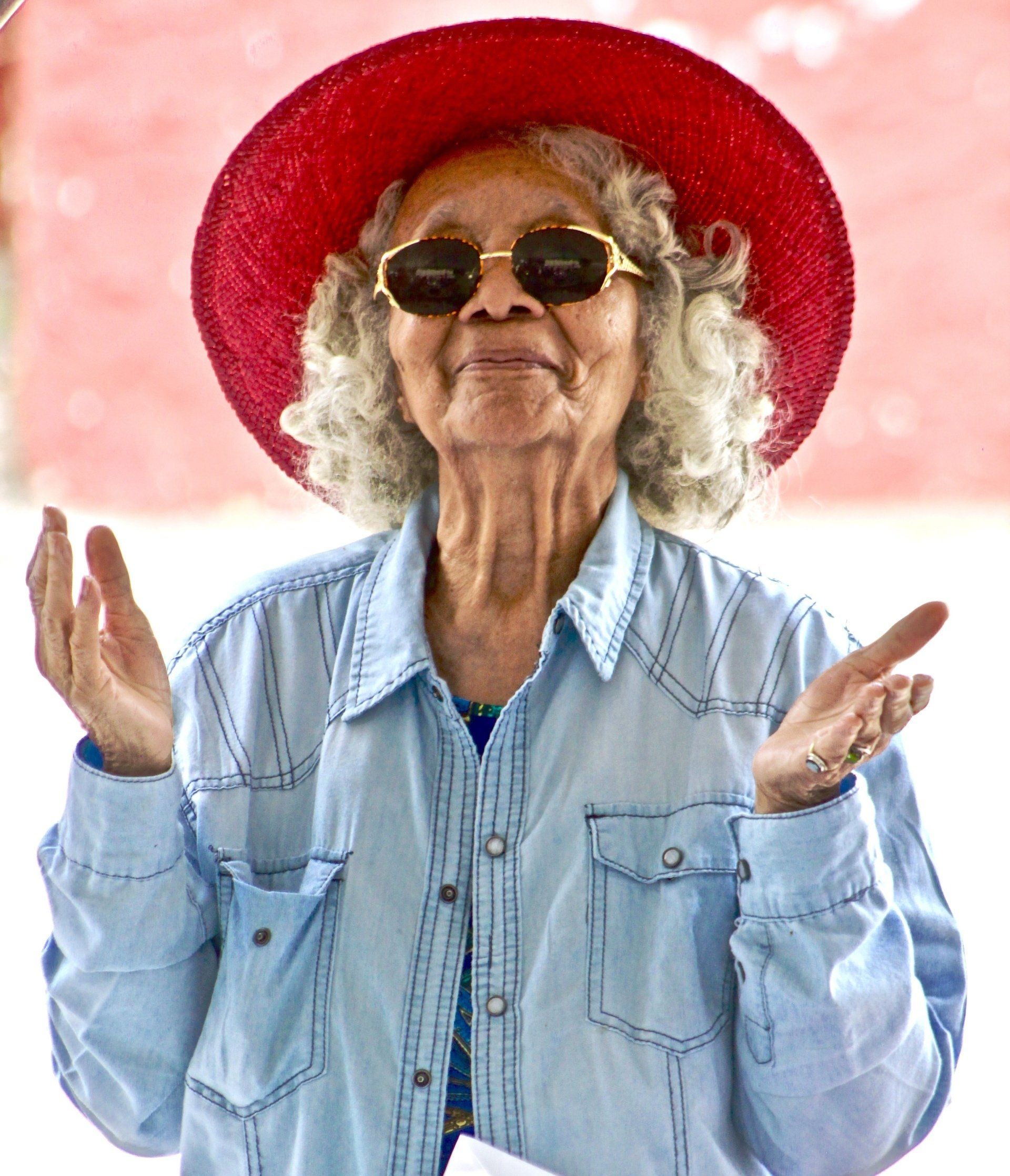Why Is Your Spine is S Shaped
One of the biggest misconceptions among chiropractic patients is that a straight spine is a healthy spine. Any chiropractor knows this is far from the truth. The reality is that an ideal spine is one with healthy curvature – specifically an “S” curve from top to bottom. It’s this curve that enables the spine to function properly as the central core to our balance and stability.
Ideal Spine takes its name from the belief that a healthy spine is rooted in ideal curvature. There are three distinct curves that make up the overarching S shape:
- Cervical lordosis;
- Thoracic kyphosis;
- Lumbar lordosis.
Lordosis represents an inward curve, while kyphosis represents an outward curve. From top to bottom, an ideal spine has an outward-inward-outward curve, thus taking the shape of an S.
Significance of curvature
First and foremost, proper curvature of the spine gives it flexibility and creates support. The offsetting curves of each section create a spring-like structure, enabling the spine to act as a natural shock-absorber. If it were straight up and down, the spine would take tremendous wear and tear from constant vibration and shock, creating fractures and worse.
Curvature also aids in weight distribution and offsets the weight of gravity. Each curve in the spine works to distribute weight evenly throughout the area, where different muscle groups can bear the burden of balance and stability. This is especially true during dynamic movement. Lifting, bending, turning, and more all require the spine to move in tandem with the rest of your body, while also supporting your weight and the energy transfer created by your actions.
Finally, curves in the spine reduce pressure between individual vertebral discs. Because discs aren’t stacked one on top of the other, the mass of the above vertebra isn’t solely placed on the one below it. Instead, that below vertebra bears only a portion of the weight, leaving discs to act as a buffer instead of shouldering the burden.
Curvature is developed and needs to be maintained
The spine of an adult takes on an S curve, however this is a shape formed through development. Children are actually born with a C curve, with pronounced kyphosis until the age when they begin to crawl. As children pick their heads up, the cervical lordosis portion of the ideal S shape takes form. During maturation, as kids learn to walk upright, the spine assumes its final role of support.
Unfortunately, because spinal curvature is formed during developmental stages, there’s a limited window for natural curvature formation. Any issues that occur during this time may stymie the formation of an ideal spine curve, resulting in general kyphosis, lordosis, or scoliosis. This requires long-term chiropractic treatment to correct.
For adults who developed a normal S curve, maintenance is critical. When subluxations or translation occurs, deviation from the ideal is soon to follow. It’s the role of chiropractic adjustments to ensure it’s reset and properly supported. Because natural development can no longer occur, maintenance is essential.
At Eaton Chiropractic we look at your body and your life as a whole. If you have a friend, family member or coworker who is looking to truly elevate their health have them give the team a call at 770-429-9733 for an initial consultation done at our expense. We are in network with all insurance, including Medicare and Kaiser.
SHARE THIS POST:
Leave a Comment:
Recent Articles:






Revitalize Your Health Now!
Take the first step towards a vibrant life. Schedule your consultation today and let Eaton Chiropractic transform your well-being. Your journey to health starts here!





